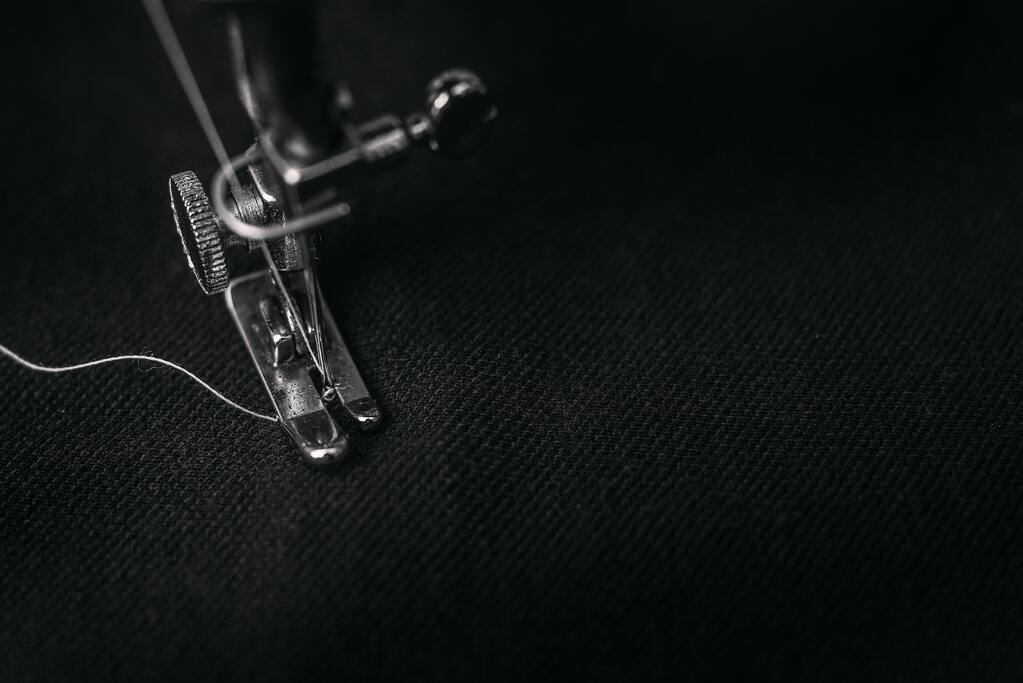
by Kate Evert | Apr 29, 2020 | Competencies, Human Capital, Productivity, Skilled Labor
The Covid-19 pandemic has had many learning curves, and no doubt there are many still to come. Those amongst us who never much liked science or statistics have now become quite comfortable with the concepts of R0 and R1, exponential curve rates and trajectories of respiratory droplets.
Hidden behind the vast statistics of those who have died are the lives lived by each of this virus’ victims. Americans have gained a new-found appreciation of the vital role that “essential workers” play in our everyday life. Not just the essential workers that are first responders and medical workers, but those in so many businesses that do the invisible work. In the case of Cesar Quirumbay, truly invisible work.
One of those lives prompted Matthew Miller to write to the New York Times to laud the talents and mourn the man from the back room who could sew invisible stitches and smooth wrinkles away. He instructs us that “every obituary is both a remembrance of a life ended and an instruction to those of us still living.” In HR terms, the author and the late Mr. Quirumbay’s boss describe competencies that any employer dreams of: modesty, diligence, collaboration, teamwork, attention to detail, and sophisticated communication skills. For a labor economist, Mr. Quirumbay’s death highlights another cost of this pandemic—the cost of losing human capital while still on the upwards arc of the productivity curve. As for valuing that work, that invisible work, it is skilled labor that took over 20 years to develop and hone. It cannot be replaced easily. Read More Here

by Kate Evert | Apr 22, 2020 | Competencies
During the world wars, people planted victory gardens for food, but also to boost morale. While quarantined in our homes, we are being forced to adapt to an uncomfortable reality: uncertainty. The age of the internet has conditioned us to instant answers and complete information; right now, it seems there is just plenty of instant incomplete information. Each day yields a new study with seemingly contradictory results. With so much uncertainty, we all keep trying to adjust our thinking. But how can we become more mentally resilient?
Remember when we were in grade school, and we ventured into the scientific method via gardening skills by growing beans in small Styrofoam cups? Every day we would rush over to the windowsill, check on our beans, and watch for new signs of development. The beans sprouted unevenly, at their own pace, and there were one or two that never sprouted at all. We peeked constantly, never knowing when we’d see a change, but we trusted that it would happen.
Today we wait for the sprouts of hope and conclusive information—which is testing our dedication to the scientific method. Let’s return to that hopeful grade school windowsill to work on coping with uncertainty and practicing our patience. Read More Here

by Kate Evert | Jan 29, 2020 | Competencies, Human Capital, Skilled Labor
Some of the most fun we have as compensation consultants is when a client says: “this is such an unusual job; you will never be able to price this job.”
What makes our job so interesting? Sleuthing to find such a unique set of skills to fulfill even the rarest roles. The minute I read this headline, I was intrigued not just because I love the costumes on this TV show, but because I immediately thought, “Where would you even find that person?” “What sort of background would they need?” “What knowledge, skills, and ability does a job like that require?” Once those questions are answered, then we can start finding matched roles and salaries.
The beauty of this article? The interviewer did his job; he obviously asked all the right questions, because the article answers all the specifics required to dress Midge Maisel.
Perhaps we should see if this interviewer would like to become a compensation consultant? Read More Here



